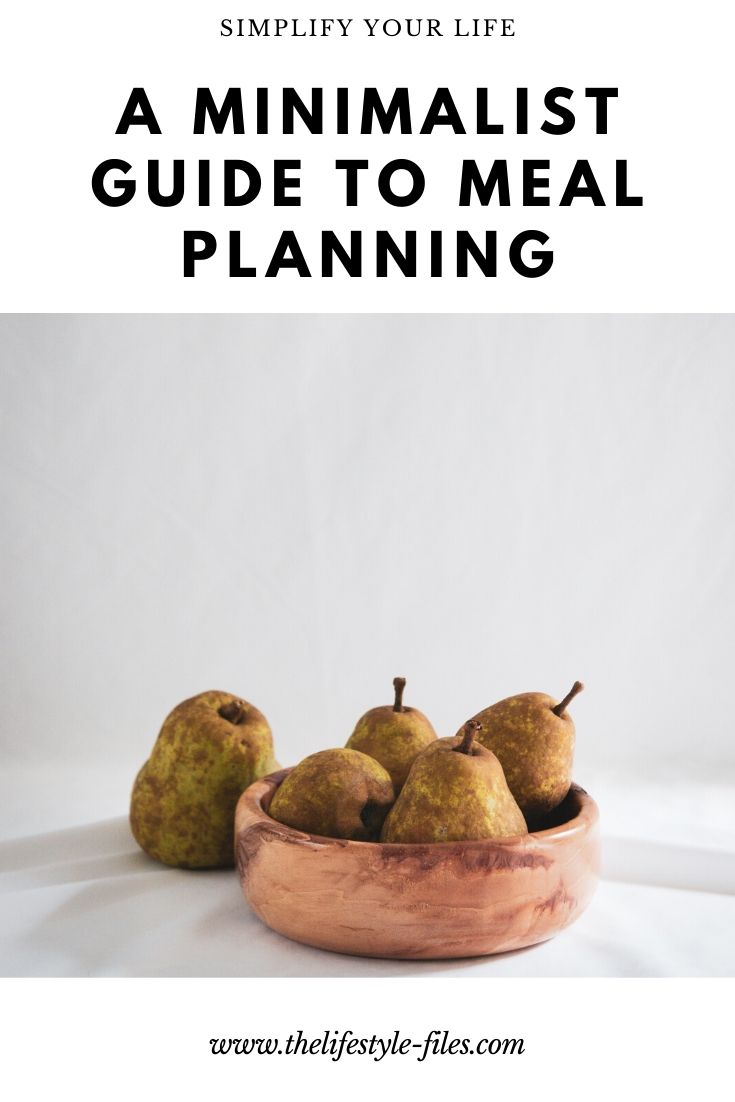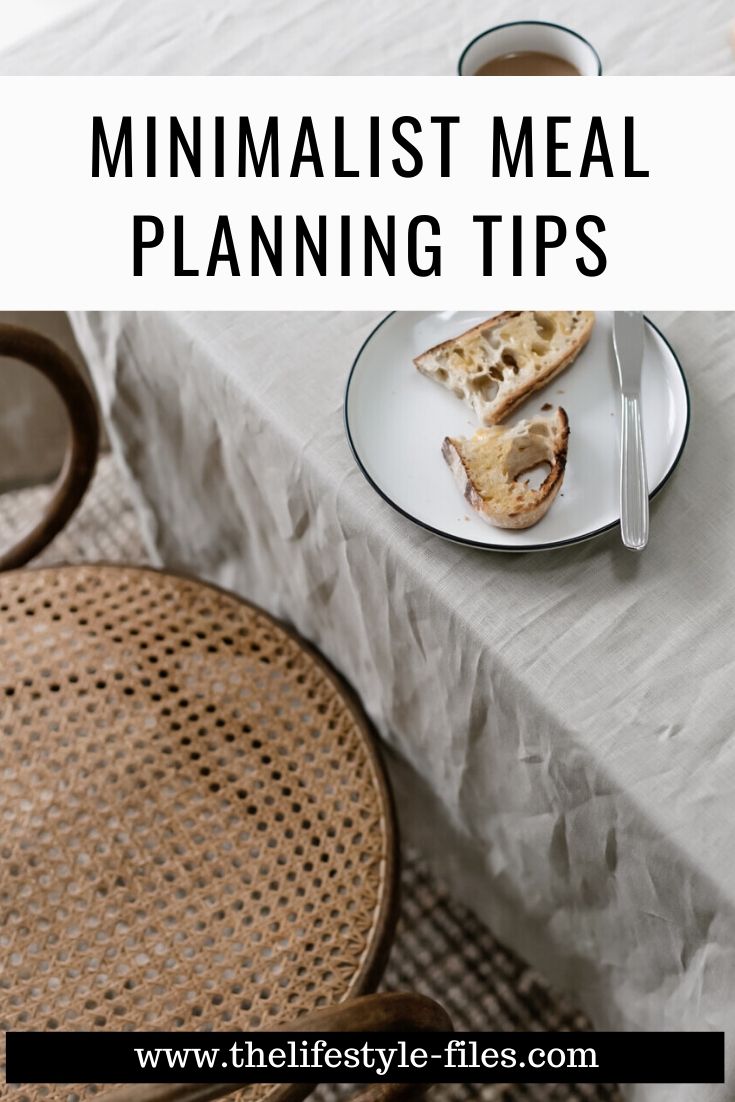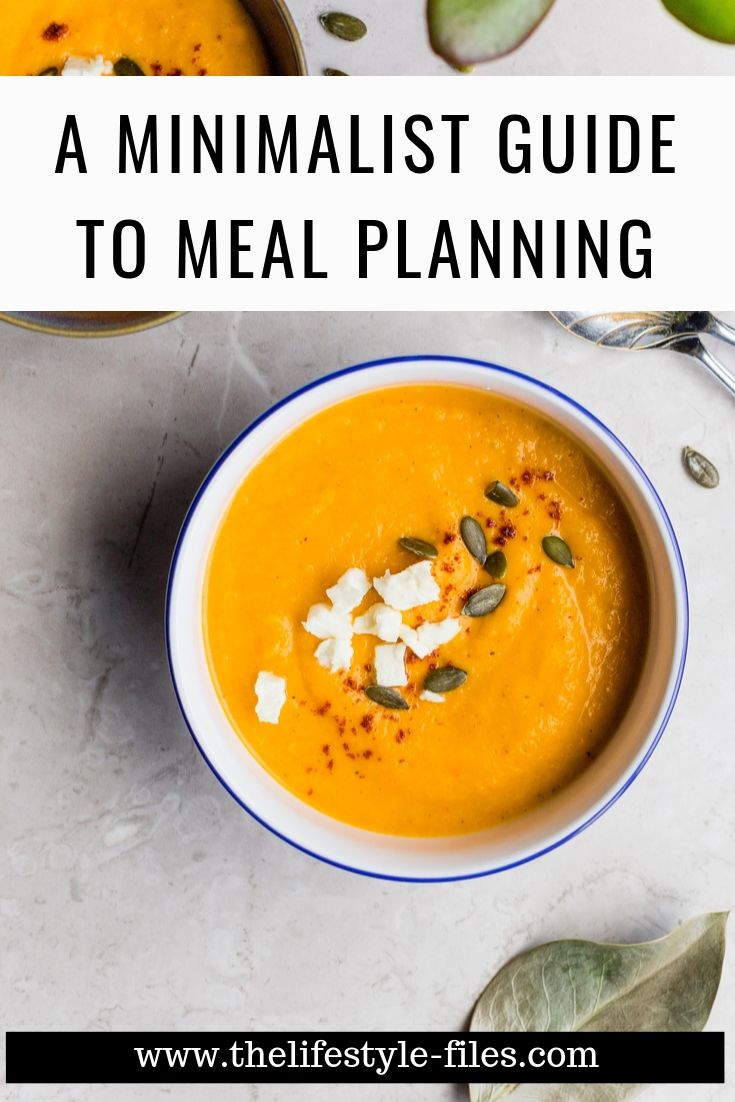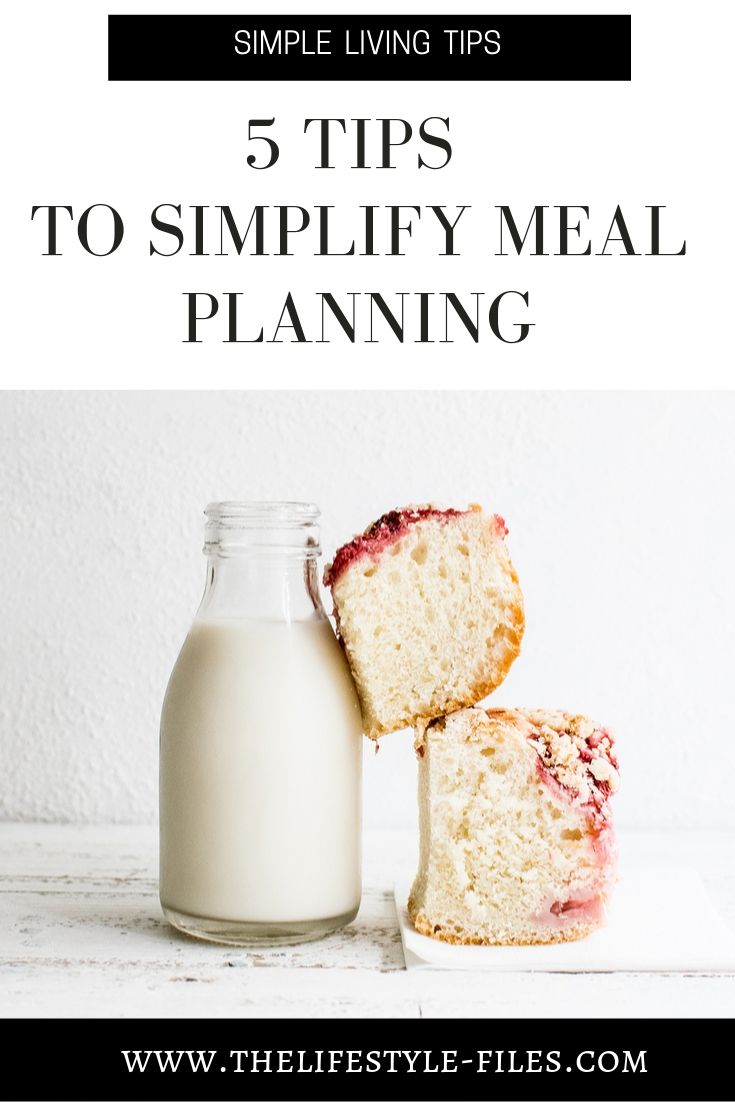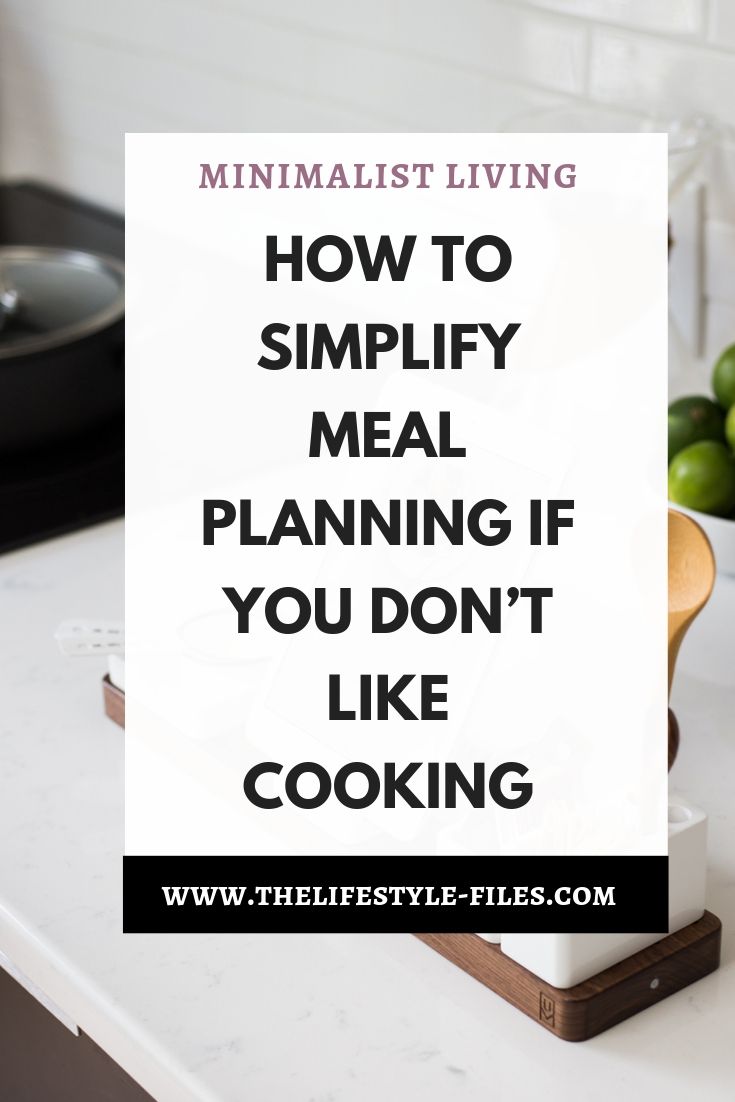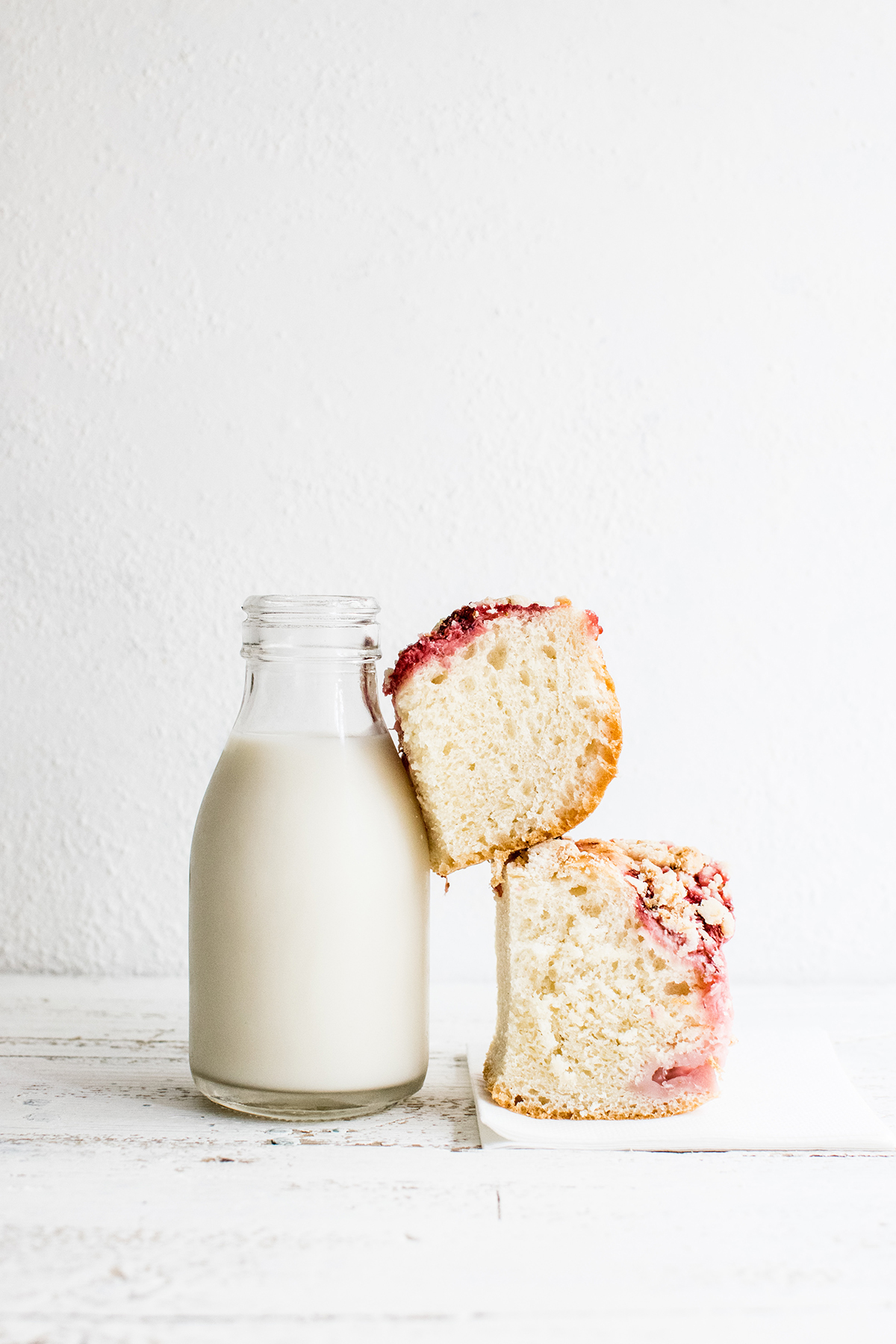
Photo by Monika Grabkowska on Unsplash
Simplifying meals is a popular topic in the minimalist blogosphere. And with good reasons. Streamlining our cooking and eating habits can save up considerable time, help us make healthier eating choices, and eliminate a lot of stress as well.
My issue: most guides put a huge focus on meal planning. And this is exactly the area that gives me the most stress.
I don’t particularly like cooking. Very rarely something inspires me to make an effort, but most of the time cooking for me is a chore, something necessary bad that has to be done. This is of course just my personal preference. I think cooking can be an incredibly creative process – in fact, I love watching cooking shows and seeing what wonderful things people make from random ingredients. But cooking as a hobby is definitely not for me.
My problem with meal planning stems from this dislike as well. I don’t have a thousand recipes in my head, I don’t enjoy looking through recipes, in fact, the sheer volume of recipes online totally overwhelms me – the result is that I never know what to cook and that makes meal planning a very problematic and frustrating area.
But we gotta eat every day, so I had to create a system that helps me maintain a relatively healthy diet (meaning no processed, frozen, or fast food) with the least effort possible.
Minimalist meal planning tips
Cook for several days
This is probably the cornerstone of my minimal cooking approach – there’s no way I’m making meals from scratch every single day. Intentional living for me is all about knowing what I value and then prioritizing my time and efforts accordingly. And that includes saving time by cooking for at least 2 or 3 days at once.
Eat the same thing every day
This may seem very boring, but I can assure you, it’s really not that extreme.
Let’s take breakfast. I eat breakfast every single day. On weekends, we usually go out for a brunch and make some kind of egg dish the other day, but during the week I eat the same thing every day: yogurt with granola, seeds, superfoods, and fruit. I’ve actually been eating this for years now and I’m still not fed up with it.
Probably, because while it’s basically the same meal, there are lots of options to play with. Yogurt can be plain, Greek, or coconut. Granola can vary depending on what I buy or make. Toppings can vary as well – chia seeds, flaxseed, walnut, almond, pumpkin seeds, coconut flakes, etc. And fruits I always buy according to season. So, on paper, this may seem like the same breakfast, but the varieties are basically endless.
Still, with all this variety, I get all the benefits of a simplified meal as well – I know what to buy and I don’t spend valuable time racking my brain on what to have for breakfast. Plus, it can be made in literally 3 minutes.
Sometimes I go for overnight oats, chia seed puddings, or bircher muesli, which are, once again, basically variations of the same ingredients.
Meals = a mix of basic nutrients
Healthy eating is basically giving your body all the nutrients it needs, most importantly:
+ Protein – e.g. meat, fish, eggs, beans, lentils, chickpeas
+ Carbohydrates – whole grains, fiber-rich vegetables, oats, pasta, bread, etc.
+ Fats – nuts, seeds, fish, oils
+ Vitamins – fruit and vegetables
This may just be a psychological thing, but for me, thinking along the lines of food groups and basic nutrients, and not the individual food items and ingredients somewhat simplifies the process of meal planning. It’s like using small building blocks to build the whole house.
Embrace bowl eating
This is closely connected to the above point. When I have really no idea what to cook, I turn to bowl eating. It’s really the simplest thing ever – choose a couple of ingredients from each food group, throw them together in a bowl, add some sauce, seasoning, or topping, and you have a filling, healthy meal without any fuss. Not even a proper recipe is needed (but for some inspiration, here are some)
Reduce choice overload
As I said, the sheer volume of recipes, both written and video, overwhelms me. It’s a classic case of choice overload – so many options; it’s difficult to make a decision.
My solution is to limit the options. I have a list of go-to recipes (not too short, but not 10-pages long either) as well as 2 or 3 food experts (chefs, YouTubers whose recipes I’ve already tested and liked) I go to for inspiration. Sometimes I may look for something specific, or add something new and intriguing, but as a general rule, I don’t spend much time in the online foodie world.
Is cooking a thing you enjoy? Do you have any tried-and-tested meal planning tips?

